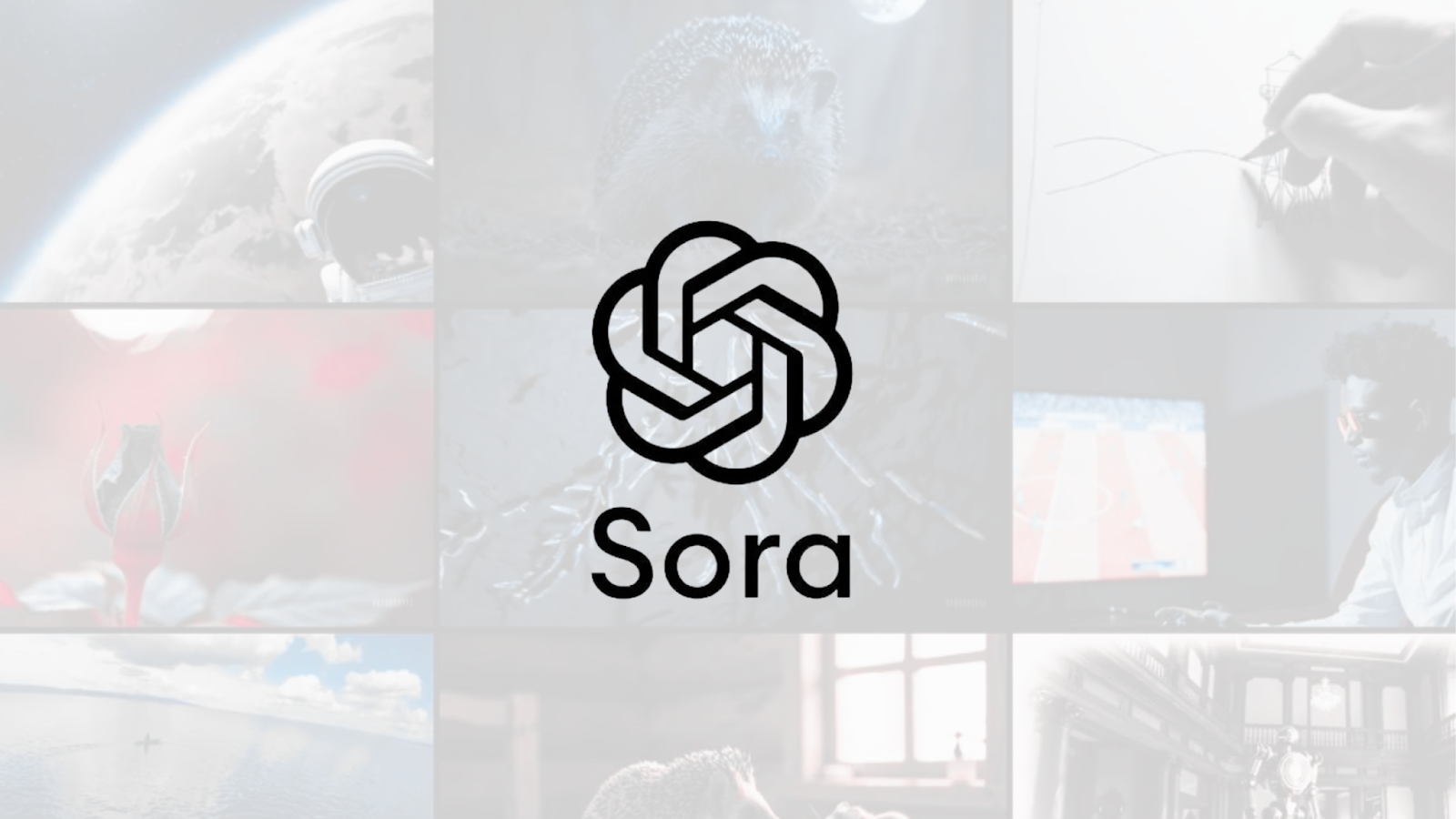
OpenAI has officially launched Sora, a brand-new text-to-video tool that promises to make video creation more accessible than ever. After teasing it back in February, Sora is now available to ChatGPT Plus and Pro subscribers. It’s a big leap for video content creation, but like all groundbreaking tools, it’s stirring up both excitement and some healthy skepticism.
What is Sora AI?
Sora is an advanced AI video creation tool that transforms simple text prompts into fully realized video content. It’s equipped with features like animating images, remixing videos, and blending scenes into dynamic visuals. Whether you’re a content creator, marketer, or casual user, Sora AI makes video editing seamless and approachable.
Available through sora.com for ChatGPT Plus and Pro users, the tool also offers Sora Turbo, an enhanced version with premium features such as:
- Storyboard: Allows users to craft consistent and engaging video sequences.
- Remix: Lets you tweak existing videos with plain text commands.
For those wondering, is Sora AI free?—it’s included with paid ChatGPT subscriptions, but there is no standalone free plan at the moment.
Why Everyone’s Talking About Sora
The customization options in Sora AI set it apart. From aspect ratios to resolution settings, users have unparalleled creative freedom. The tool is especially useful for creating quick, high-quality marketing videos or personal projects.

With the Remix feature, you can update or alter videos in real-time, making it easier to adapt to last-minute changes or creative insights. Learning how to use Sora is also straightforward, thanks to its intuitive interface that bridges the gap between AI and traditional video editing.
Subscription Plans: If you’re on ChatGPT Plus, you can generate up to 50 videos per month at 480p resolution. The Pro plan, however, ramps up the stakes—unlimited generations, higher resolutions (up to 1080p), and longer video durations, with the added benefit of watermark-free downloads.
The Catch: What You Need to Know
Right now, Sora openai is available in most countries, but it hasn’t reached the UK, EU, or Switzerland yet. And while it’s exciting, it’s not for everyone—OpenAI has set an age limit of 18+ for access.
There are also concerns around ethical use. To combat misuse, OpenAI has added safeguards, including visible watermarks and metadata to mark videos as AI-generated. These measures are aimed at preventing harmful content like deepfakes or illegal material.
The Bigger Picture- AI and Content Creation
Both ChatGPT and Sora represent a larger trend in the tech world: the democratization of creative tools through artificial intelligence. These tools empower anyone—regardless of technical expertise—to produce high-quality content. While Sora might not replace traditional video editing jobs entirely, it has the potential to shift how the industry operates. Content creators may rely on AI for initial drafts or to streamline repetitive tasks, but the demand for professional video editors who can bring an artistic and technical touch to projects will remain strong.
In the future, the real power may lie in combining AI tools like Sora with human expertise. Editors can use AI for faster production and routine tasks, freeing up time for more creative aspects of the project. Video agencies and content creators who embrace this combination could revolutionize how they produce content, offering higher-quality outputs in less time.
What’s Next for Sora?
As OpenAI continues to refine Sora, there will be growing pains. The platform is still evolving, and it’s clear that video quality won’t always be perfect, especially when it comes to complex scenes or nuanced details. But I believe this is just the beginning of AI’s role in creative industries, and I’m excited to see where it goes from here.

At its core, Sora is a tool that enhances the creative process—it’s not a replacement for skilled professionals. While some basic tasks may be automated, the demand for nuanced storytelling, intricate editing, and high-production value will still require human input. Video editing services may need to adapt by incorporating AI into their workflows, offering clients faster, more cost-effective services without compromising on creativity and quality.
Final Thoughts
The launch of Sora has been both exciting and thought-provoking. As someone passionate about technology and creativity, I see immense potential in what it offers. But like all powerful tools, it comes with a responsibility to use it ethically. I look forward to seeing how OpenAI continues to refine Sora and how creators adapt to this new form of video production.
So, what do you think? Will Sora AI video generator redefine video creation, or is it just another AI gimmick? Let me know in the comments.

